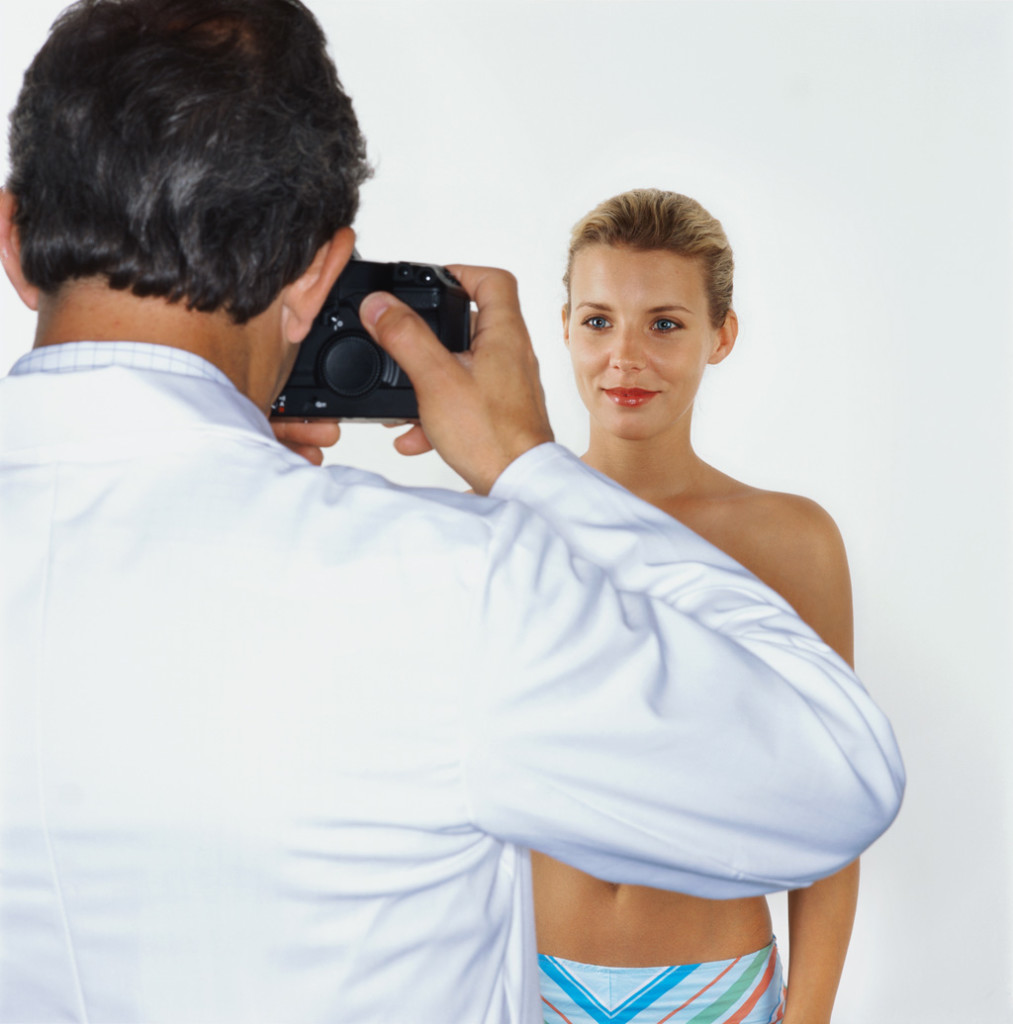Have you ever been reading about a health or beauty product online or in a magazine and been amazed by a before-and-after photo? You know the ones: maybe it was for a workout supplement, an acne product, or a wrinkle-reducing night cream. Suddenly the sad-looking person in the photo on the left turns into a young, fit, revitalized version of him- or herself in the photo on the right.
I’ll bet your first reaction was “wow,” followed quickly by skepticism. Could those results be real? In these days of filtering and Photoshopping, how are you to know for sure?
BBC News recently created a fascinating 1-minute video showing how easy it is to create a stunning “after” shot with little more than wardrobe, makeup, and lighting.
If you’re in the market for a beauty or skincare product, fitness equipment, or a cosmetic procedure—all industries that use before-and-after photos—I suggest you stay savvy. Here are some things to keep an eye out for.
Position
In that BBC video, it’s clear one of the biggest changes between those photos is the way the people are posed. In the “before” photos, the subjects are hunched forward with their tummies sticking out, and in the “afters,” they are turned at a flattering angle, flexing their muscles, and displaying great posture. An ideal photo set has the subject posed in the exact same way in each photo.
While the difference in position may be obvious in that BBC set, it isn’t always so clear. Take, for instance, before-and-after photos for BOTOX® Cosmetic. BOTOX works by relaxing the facial muscles around the eyes that cause wrinkles. When you smile or frown, BOTOX prevents these small wrinkles from forming. A good set of before-and-after photos should show the exact same smile or the exact same frown in each shot, with the subject flexing those facial muscles with equal strength. BOTOX has some nice photos on its website where the subjects do, indeed, appear to be making the exact same expressions.
When evaluating poses, ask yourself whether the subject is making a different expression in one shot, or if he or she is flexing more in one shot and relaxed in the other.
Makeup & Styling
You need only look at Instagram or any number of social media sites to understand the transformative power of styling. In before-and- after photos, the difference is usually less dramatic than you’ll find in social media #MakeupTransformation posts, but it can still have a big effect on your perception.
For instance, if you’re looking at before-and-after photos of a person trying an acne treatment, that person’s skin should obviously be clean and without any foundation or concealer. Ideally, the subject also should not even be wearing lip or eye makeup, his or her hair should be styled in the same way, and
there should be no distracting jewelry. Research has shown that even a small touch—lip gloss, a necklace, neater hair—can sway perception, even if every other factor between two photos is identical.
Lighting
Head back to those BBC photos to see a perfect example of this before-and-after effect. Notice how the “befores” used a bright, unflattering flash that washed out the skin of the subjects and cast shadows behind them. The “afters,” on the other hand, are set up to flatter, casting balanced light on only certain contours to accentuate muscles and warm skin tones (the fake tans help, too).
Ideally, you should look for bright, balanced lighting that makes whatever you’re trying to evaluate clear and not overly washed out. It’s wise to check whether the skin tones look the same in each photo to tell whether similar lighting was used.
When It Matters
Some before-and-after photos are so misleading it’s comical, but harmless. If you are trying to make an important decision that affects your health, your happiness, or your bank account, and these photos are a factor, be sure to watch out for some of the tricks described above. You shouldn’t find anything funny about a plastic surgeon’s before-and-after photos when you’re considering him or her for a surgical procedure. A good, board-certified plastic surgeon should be proud of his or her work, and should be promoting it through a user-friendly photo gallery with lots of pics, especially of top procedures like breast augmentation. For example, Eugene, Oregon, plastic surgeon Dr. Mark Jewell’s website features a before-and-after gallery with plenty of consistent photos, and even allows you to save and share your favorites.
Doing before-and-after photos well can reveal the true potential of a product or service. It also builds consumer trust when a company or provider is transparent about what can be expected from their product or service.
- Finding Calm in the City That Never Sleeps - September 24, 2025
- Different Reasons to Consider Using a Therapist in New York - March 12, 2025
- Is a Micro Wedding the Dream You Didn’t Know You Had? - February 14, 2025






How interesting! I’ve always wondered about those before and after photos!
it’s easy to tell when a picture has been airbrushed or not…
especially on instagram. but if your really good at fixing pictures it probably isn’t that easy..